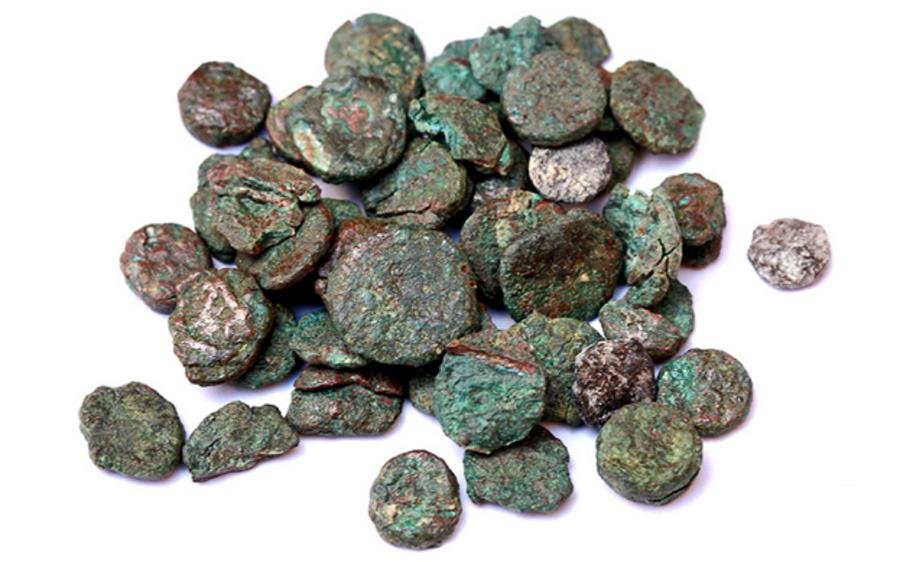Numismatists from the Faculty of Archaeology at the University of Warsaw have unveiled a wealth of information about Egypt’s monetary circulation at the end of antiquity. The findings, stemming from the examination of thousands of previously overlooked small coins in Marea, a city near Alexandria, challenge the established narrative.
 Credit: University of Warsaw
Credit: University of Warsaw
Marea, also known as Philoxenite during the Byzantine period, occupies a significant place in history. Founded at the end of the 5th century, it evolved into a prominent city with impressive architectural structures and infrastructure during Emperor Justinian’s reign. Positioned on the southern shore of Lake Mareotis, Marea served as a crucial stopover for pilgrims en route to the tomb of Saint Menas, a revered martyr of early Christianity in the Egyptian desert.
The extensive archaeological research in Marea, conducted by the Polish Centre of Mediterranean Archaeology UW since 2000, has been spearheaded by Professor Tomasz Derda. Current ongoing excavations encompᴀss the exploration of various sites, such as a substantial bath complex and an impressive basilica constructed during the era of Justinian.
A pivotal aspect of this research involves numismatic exploration, led by Dr. Piotr Jaworski and his team, examining nearly 8,500 Byzantine and Umayyad coins. The majority of these coins initially deemed insignificant due to their small size (nummi minimi), have proven to be crucial in reshaping the understanding of Egypt’s monetary circulation.
“The importance of the research we conduct in Marea cannot be overestimated because the material culture of this rich Byzantine city gives an idea about the most important city in the region – Alexandria,” said Dr. Jaworski.
The unexpected findings challenge existing literature on Byzantine coinage in Alexandria. Most publications had focused on the coinage of Byzantine Alexandria, with reference material provided by discoveries from nearby Abu Mena, compiled by Hans-Christoph Noeske. The newly unearthed evidence suggests that Egypt was part of an economic zone extending beyond its borders, covering large areas of the eastern Mediterranean, with parallels found in present-day Israel.
One key revelation is the dominance of nummi minimi, coins with diameters of only a few millimeters, in the discovered hoards. Previously marginalized in scientific publications, these coins have proven to be invaluable in reconstructing the monetary history of the region. The vast majority of nummi minimi were found stored in pouches, with remnants scattered across the research site.
Among the nummi minimi, the researchers identified coins minted in Carthage by Vandal kings and later by Justinian after reclaiming Africa from the barbarians. Additionally, small Ostrogothic coins, similar to Vandal coins, circulated widely in the eastern Mediterranean after the demise of the Ostrogothic kingdom by Justinian.
Notably, a significant percentage of the coins found in Marea are local Egyptian imitations, including those inspired by the coinage of the Kingdom of Aksum and imitations of Byzantine coins minted in Alexandria.
An intriguing discovery within the nummi minimi category includes blanks – empty coin discs made of copper or lead – serving as subsтιтute coins. This diversity in coinage provides a nuanced understanding of the economic interactions and influences prevalent in the region during the late antiquity period.
In the words of Dr. Jaworski, “The results of numismatic research conducted in Marea are surprising because they paint a picture of monetary circulation in Egypt at the end of antiquity that differs from that known from literature.”
This multidisciplinary research project is funded by the Polish National Science Center.





